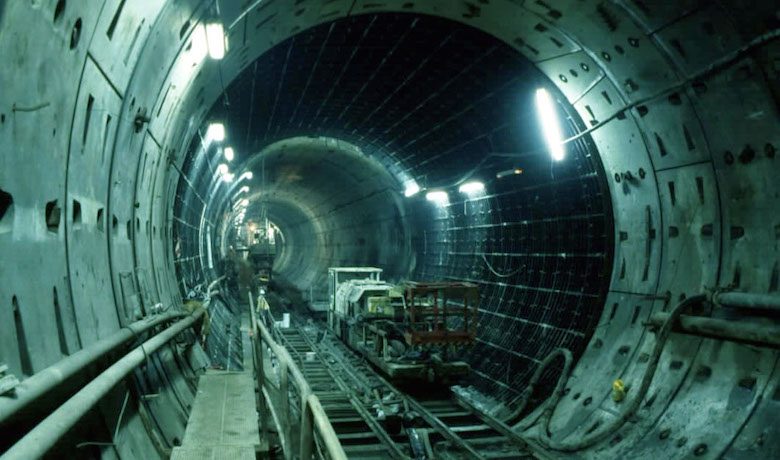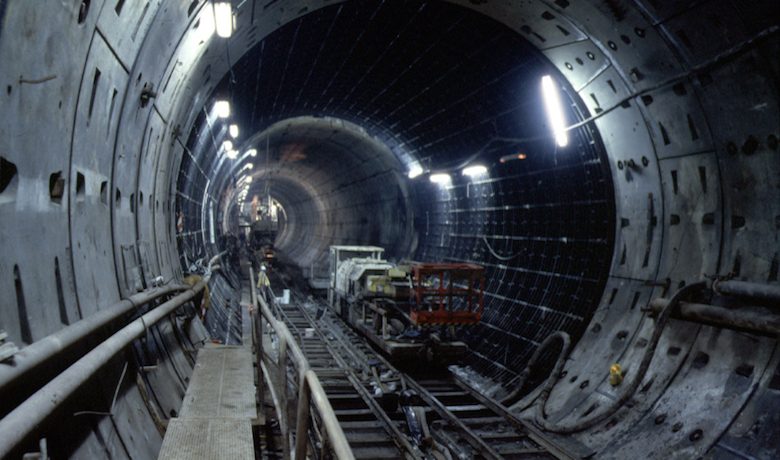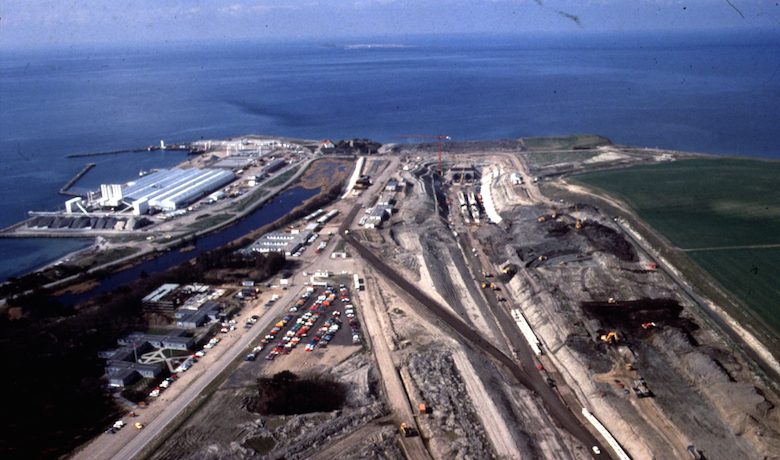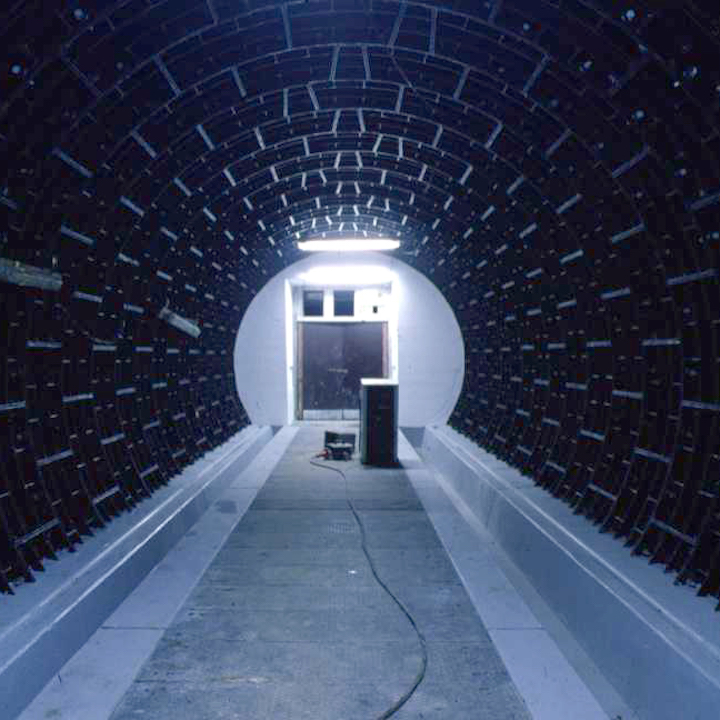TECHNICAL OVERVIEW
Geotechnical conditions forced us to use tunnelling methods designed to support the working face in areas where the ground was unstable or prone to water seepage. We needed to think about the resistance of tunnels to hydrostatic pressure due to seepage, that is, calculate hydrostatic pressure for the maximum depth reached by the tunnels under the sea. The TBMs we chose were earth pressure balance machines with 2 extraction screws and 2 erectors to place the precast segments of the lining. For scheduling reasons, the 2 tunnels were built in either direction by separate TBMs, that is, a total of 4 TBMs were used to bore the tunnels from both ends. The lining consists of precast concrete segments that are 40 centimetres thick and form rings that are 165 centimetres wide. The segments were manufactured in a plant built on site. Numerous technical difficulties cropped up throughout the project, due notably to the presence of moraines in the ground from the last ice age (dating back 600,000 to 10,000 years ago). The ground, containing pockets of sand and granite blocks, was heterogeneous, instable, and fragile – and, therefore, unpredictable. An overconsolidated mass due to the weight of the ice sheet.
Drastic environmental measures were implemented throughout the project. Accordingly, wastewater (for example, from the concrete-production plant and excavation operations) was treated prior to release into the public water network. Stormwater was also treated prior to discharge into the canal. Since the worksite was located in a low-lying area, wastewater was pumped from the decantation tanks and treated in compliance with very stringent requirements.










